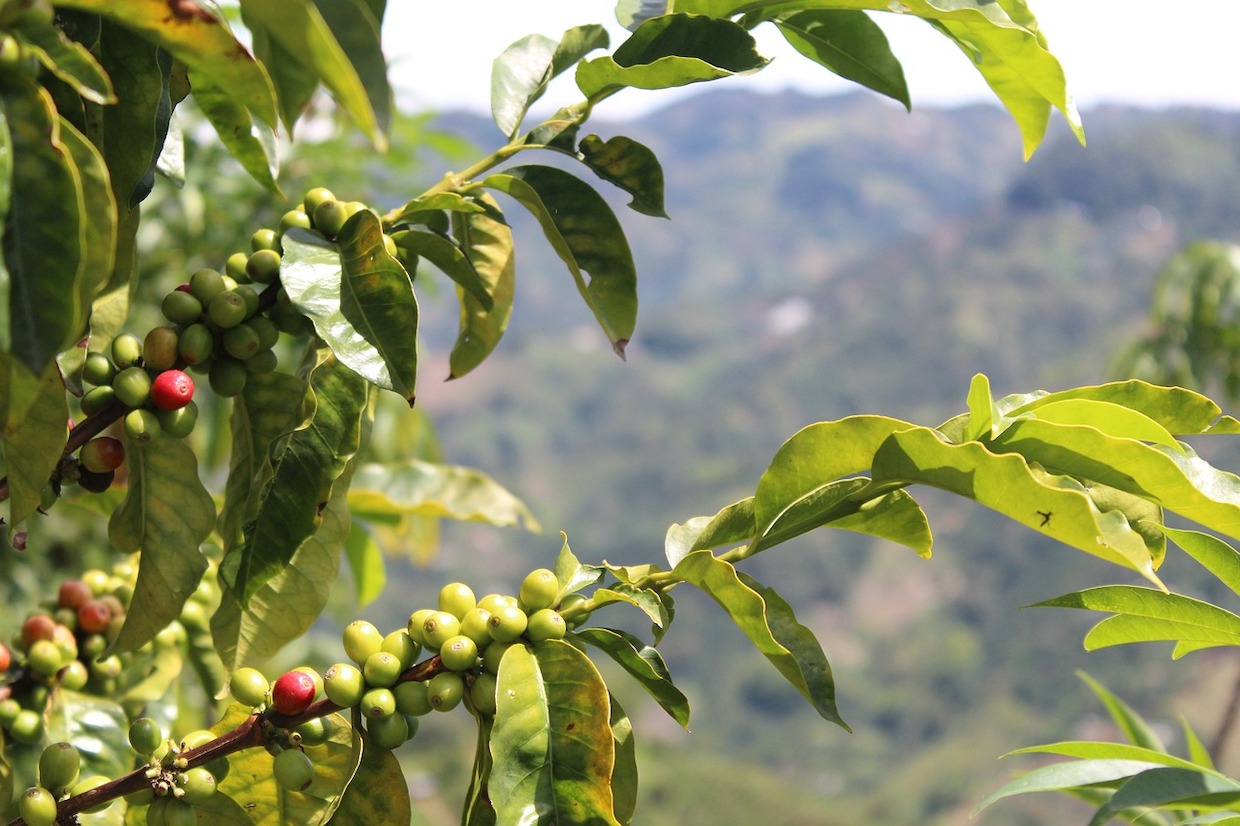The global coffee industry can expect increasing and “ongoing systemic shocks” to coffee production due to climate change, according to new research published this month in the journal PLOS Climate.
The research, which was funded by the Australia’s national Climate Service agency, says that there has been a been a notable increase in “synchronous climate hazards” among the world’s 12 largest coffee-growing countries over the 40 years ending in 2020. In other words, more coffee-producing areas are being negatively affected by climate change at the same time.
The study takes particular note of the El Niño, the La Niña and the Madden–Julian oscillation (MJO) climate phenomena effecting global tropical regions throughout the coffee-growing world.
Wrote the authors, “With climate change projections showing a continued rise in temperatures in the tropics is likely, we suggest that coffee production can expect ongoing systemic shocks in response to spatially compounding climate hazards.”
The study references the landmark 2014 study that casted a related dire warning to the global coffee community: Approximately half of the world’s coffee lands may become unsuitable for coffee growing by 2050.
While synthesizing a wealth of climate history as it relates to 12 different “hazard” types, the study suggests that coffee’s current climate dilemma goes hand in hand with anthropogenic climate change, a.k.a. human-caused climate change.
“The occurrence of these spatially compounding events has become particularly acute over the past decade, with five of the six most hazardous years occurring since 2010,” the authors wrote. “Furthermore, in the first half of the period 1980–2020 regions were more prone to experiencing too-cold temperatures in the flowering and growing seasons. The current climate, however, is characterized by too-hot conditions in every region.”
Does your coffee business have news to share? Let DCN’s editors know here.
Comment
1 Comment
Comments are closed.








This:
in the first half of the period 1980–2020 regions were more prone to experiencing too-cold temperatures in the flowering and growing seasons. The current climate, however, is characterized by too-hot conditions in every region.”
“climate” the term or word means “weather over a LONG period of time”. Until this past decade or perhaps two, that “long period” was held to be on the order of a century or two. Where I live last year we had a long winter, though not much colder than normal (but the “normal” of the past three decades I’ve lived here has been cooler than the past two years. We are talking about “weather” not “climate’. ) The fruits and berries did bloom and pollinate, but the failure rate for setting was well above 75%. the spring continued to grind on. Blueberry season here opens typically first week of June. This year there was very little fruit and what was present was very late in developing never got normal flavour or size, and very thin yield. Neihbour has farmed blueberries on that land for seventy years. Last year was the worst ever. He opened first eek of August and closed barely three short weeks later. Normally he opens first week of June and is still going strong at the end of Auguse.
That was “weather”.
This piece above talks about “climate” over ONLY forty years, then changes to “climate” over a period of TWO SEASONS.
Show me temperature, degree days at surfce, over an hundred years measured at the same location unemcumbered by “development” (in other words, no new buildings, heat pumps, macadam roadways or car parks, warehouses…. THEN let’s have a chat about climate. You come to me with numbers of unspecified provenance over a stretch of ONLY forty years, I will listen, not my head a few times, and say “hmmm.. intereting” and take no action.
I am troubled by the origins of this piece, too.. I somehow am not keen on fully relying on a piece treating “climate change” originating from the gvernment f Australia. They’ve plans and agendae that “might” colour their data, handlng of it, and “conclusions”.
I’ve had in store an amaing coffee grown in Australia… NSW, 26’40″s, 1700 masl. I’ll wager high stakes this year’s crop from that farm will be just fine. I’d love to have some again……